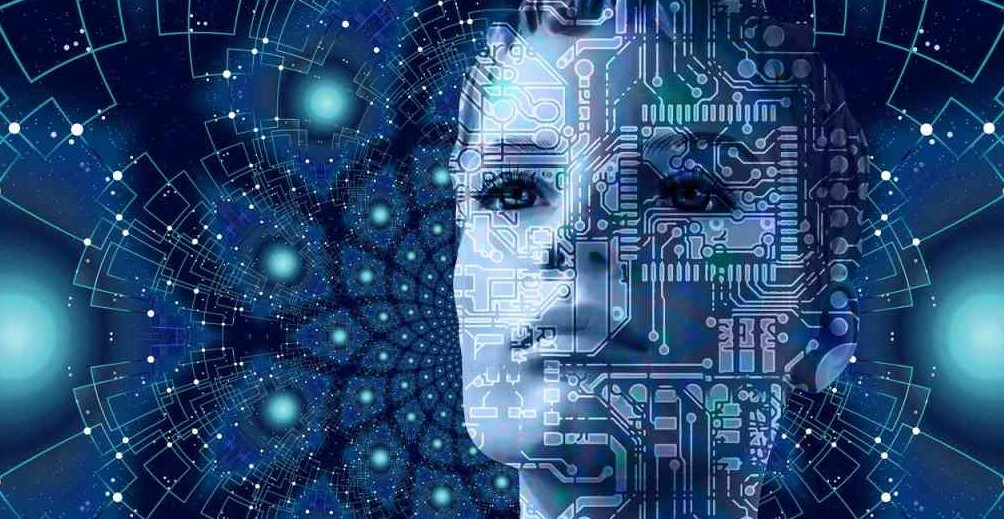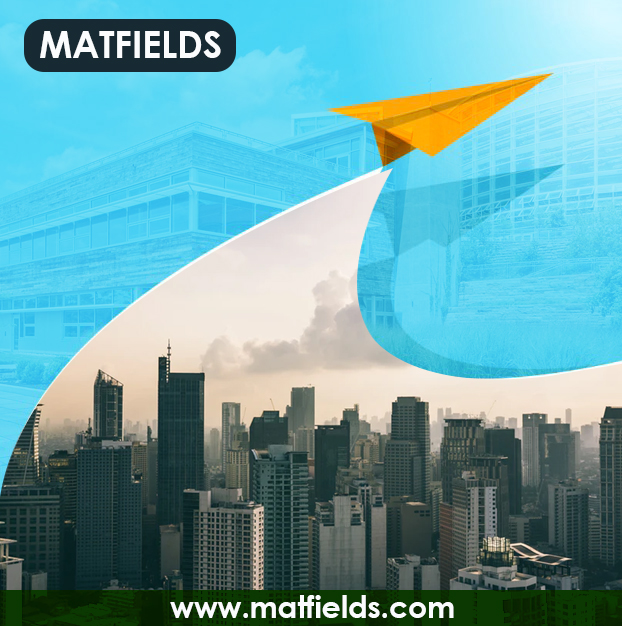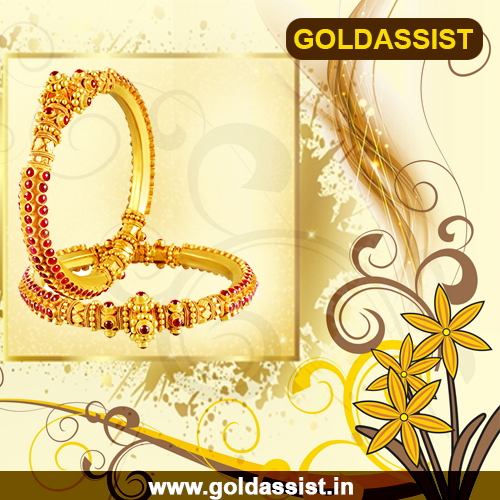
Hyderabad: An artificial intelligence (AI)-powered assistive device is offering solutions to visually impaired persons in a unique way.
Distributed at the Hyderabad-based LV Prasad Eye Institute (LVPEI), Smart Vision is a device that can be attached to the side of a pair of eyeglasses. It utilises AI technology to identify objects around the visually impaired, read text messages for them, detect obstacles on the way and recognise faces.
For such multitasking, the device is equipped with sensors, including a camera with flash and Lidar, and a remote-sensing technology which uses light pulses to detect and create 3D images of surrounding environments. It is also equipped with a bluetooth microphone and a small speaker, and connects to a smartphone where an AI-based application provides ‘intelligence’ to help the visually impaired ‘see’ objects around them.
In July, Smart Vision was distributed to nearly 50 patients at the Institute of Vision Rehabilitation, LVPEI. Developed by a Bengaluru-based company, the device, which was first launched on a pilot basis in 2021, is being supported by multiple organisations, including non-profit Vision-Aid, which has collaborated with LVPEI.
The wearable device incorporates AI, Machine Vision and Machine Learning to recognise faces, objects, expressions and surroundings. It has the ability to recognise vehicles, obstacles, traffic signals and zebra crossings, apart from converse with the users in Telugu, Tamil and Hindi languages.
Due to the presence of Lidar and camera, the device can spot people, gauge their approximate age, read books, road signs and newspapers, and even recognise currency notes. The wearer interacts with the device through his/her voice commands and can select functions based on touch through Braille buttons.






















